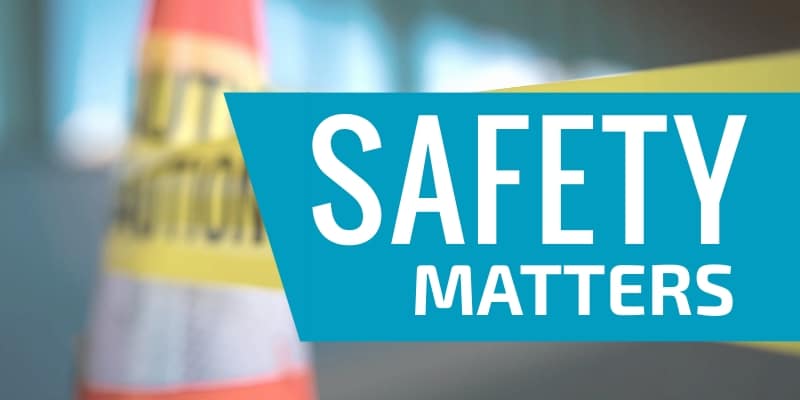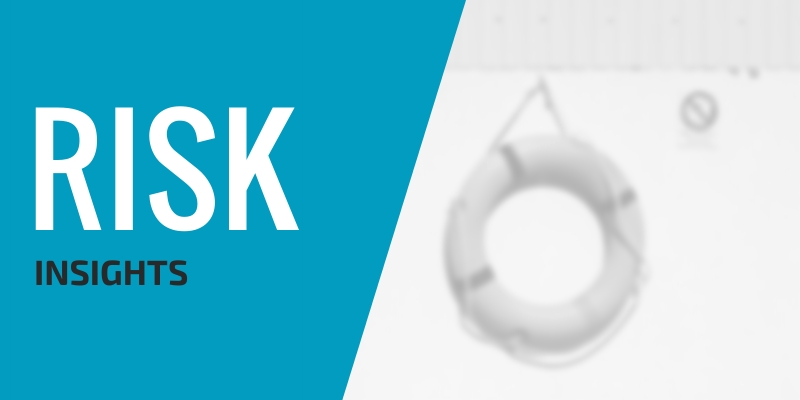 Power outages are an unfortunate reality and often strike fast and unexpectedly, leaving employees looking for answers.
Power outages are an unfortunate reality and often strike fast and unexpectedly, leaving employees looking for answers.
Often a result of extreme winter or other severe weather, a power outage can leave a workplace without the heat or lights on, and the impact can extend to employees’ homes—and their personal safety.
Employee relations are critical before, during and after a crisis, and HR professionals and leaders can play a pivotal role in helping to protect employees in this time of need. Unfortunately, power outages can create challenges for communicating with employees at the time when information is most critical, so it’s important to prepare accordingly.
 Fatalities caused by falls from elevation continue to be a leading cause of death for construction employees.
Fatalities caused by falls from elevation continue to be a leading cause of death for construction employees. The grain-handling industry is a high-hazard one. Workers can be exposed to serious and sometimes life-threatening hazards, including fires and explosions from grain dust accumulation, suffocation from engulfment and entrapment in grain bins, falls from heights, and crushing injuries and amputations from grain-handling equipment.
The grain-handling industry is a high-hazard one. Workers can be exposed to serious and sometimes life-threatening hazards, including fires and explosions from grain dust accumulation, suffocation from engulfment and entrapment in grain bins, falls from heights, and crushing injuries and amputations from grain-handling equipment. Soil classification is an important part of preparing for excavation or trenching work.
Soil classification is an important part of preparing for excavation or trenching work. Shoplifting can become a costly problem for any retailer. According to the National Association for Shoplifting Prevention, over $35 million worth of merchandise gets stolen from retailers each day.
Shoplifting can become a costly problem for any retailer. According to the National Association for Shoplifting Prevention, over $35 million worth of merchandise gets stolen from retailers each day. Power outages are an unfortunate reality and often strike fast and unexpectedly, leaving employees looking for answers.
Power outages are an unfortunate reality and often strike fast and unexpectedly, leaving employees looking for answers.